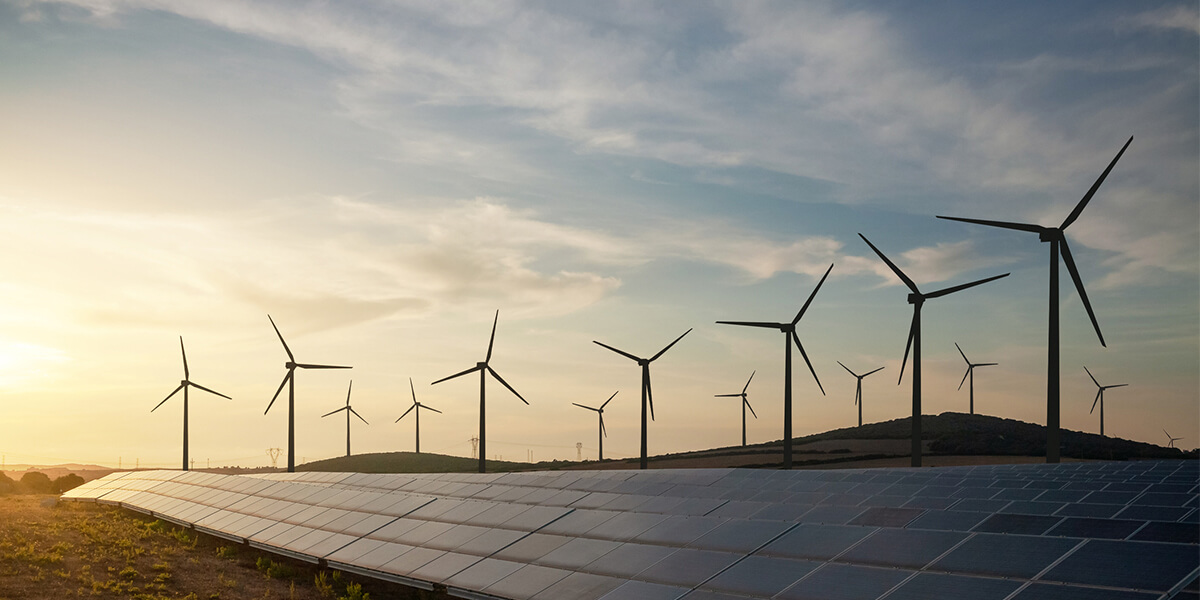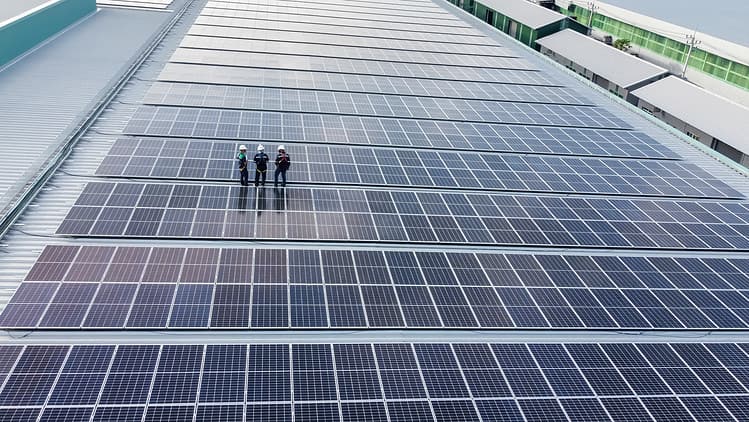
Harnessing the Power of Low-Power: Exploring the Environmental and Economic Benefits of LPWAN Technology
The power of low-power is a concept that is rapidly gaining traction in the world of technology, particularly in the realm of wireless communication. Low-Power Wide-Area Network (LPWAN) technology is at the forefront of this revolution, offering a host of environmental and economic benefits that are transforming industries and reshaping our understanding of what is possible in the digital age.
LPWAN technology is a type of wireless telecommunication network designed to allow long-range communications at a low bit rate among connected objects, such as sensors operated on a battery. The key advantage of LPWAN technology lies in its ability to provide wide area coverage with minimal power consumption, which translates into significant cost savings and a reduced environmental footprint.
From an environmental perspective, the low-power nature of LPWAN technology is a game-changer. Traditional wireless communication networks are notorious for their high energy consumption, which contributes to greenhouse gas emissions and exacerbates climate change. In contrast, LPWAN technology operates on minimal power, thereby reducing energy consumption and associated carbon emissions. This makes it an environmentally friendly alternative to conventional wireless communication networks.
Moreover, the low-power consumption of LPWAN technology also extends the battery life of connected devices, reducing the frequency of battery replacement and the associated waste. This is particularly significant given the growing problem of electronic waste, which poses serious environmental and health risks.
From an economic standpoint, the benefits of LPWAN technology are equally compelling. The low-power consumption translates into lower operational costs, as less energy is required to power the network. This is a significant advantage for businesses, particularly those operating in industries where margins are tight and cost-efficiency is paramount.
Furthermore, the extended battery life of connected devices reduces maintenance costs, as devices do not need to be replaced or serviced as frequently. This not only saves money but also time, as less manpower is required for device maintenance.
The wide area coverage provided by LPWAN technology also offers economic benefits. By enabling long-range communications, LPWAN technology allows businesses to extend their reach and connect devices across vast distances. This opens up new opportunities for businesses, particularly in sectors such as agriculture, logistics, and utilities, where the ability to monitor and control devices remotely can drive significant efficiency gains and cost savings.
In conclusion, the power of low-power is a concept that is reshaping the world of wireless communication. LPWAN technology, with its low power consumption and wide area coverage, offers a host of environmental and economic benefits that make it a compelling alternative to traditional wireless communication networks. As businesses and industries continue to seek ways to reduce their environmental footprint and improve cost-efficiency, the adoption of LPWAN technology is set to accelerate, heralding a new era in wireless communication.




